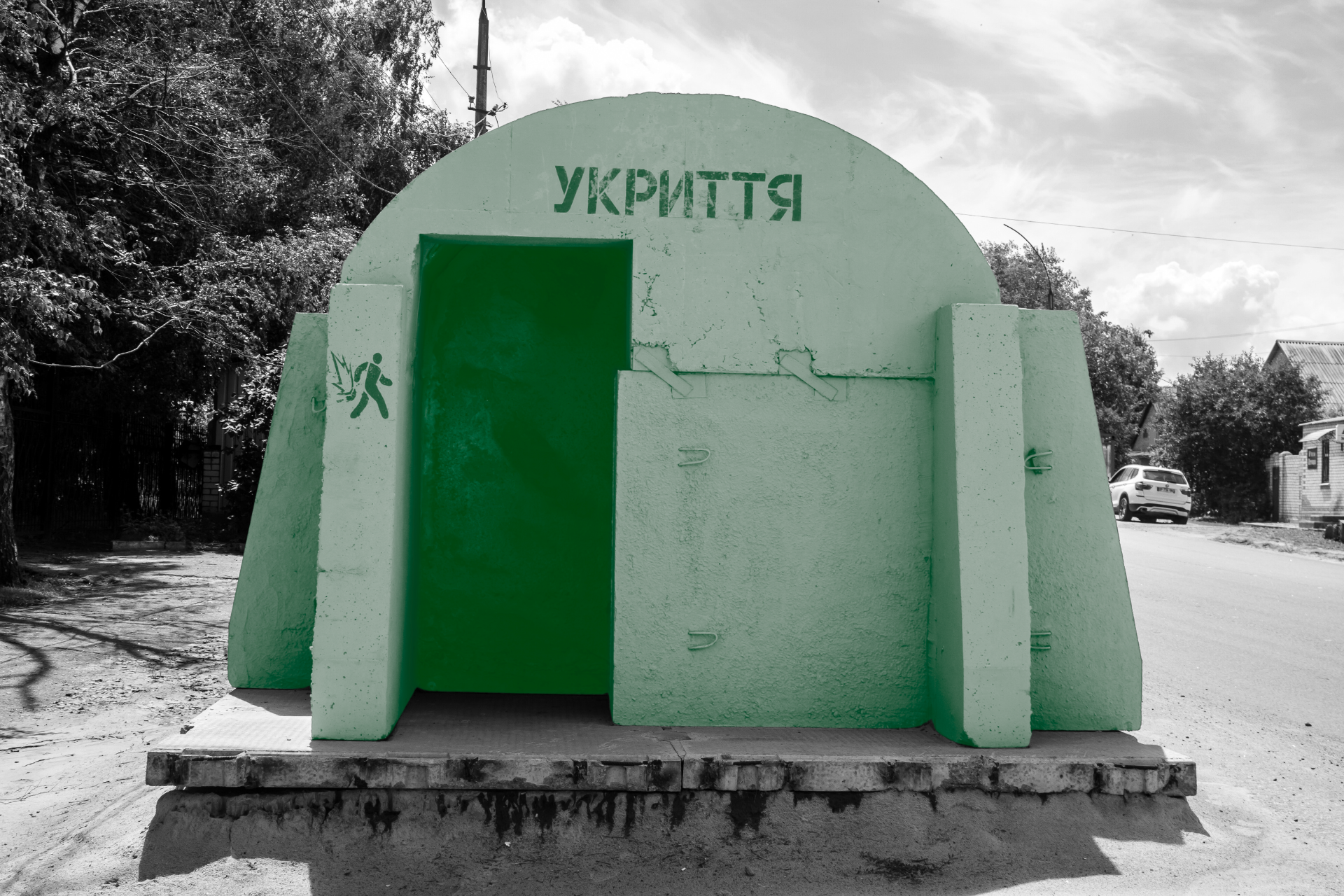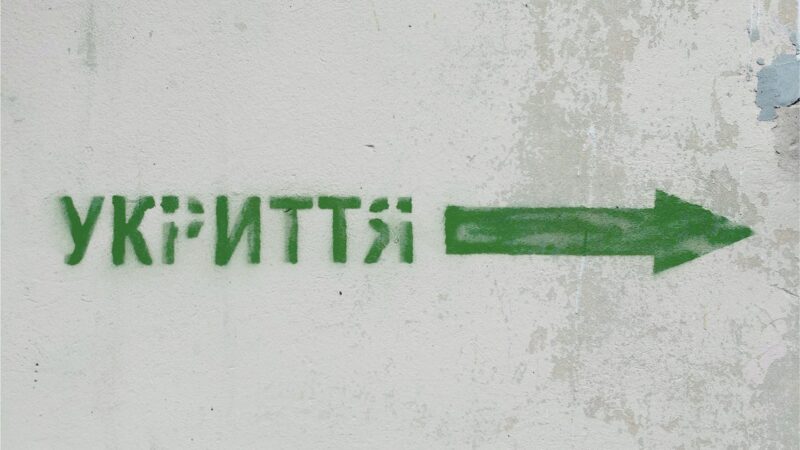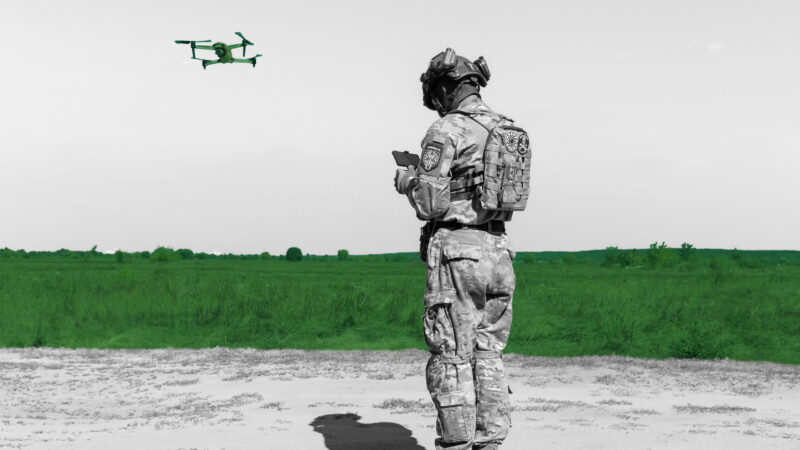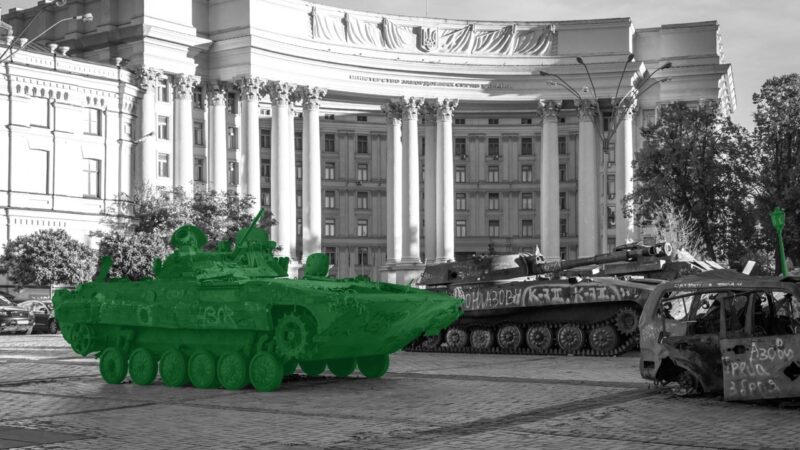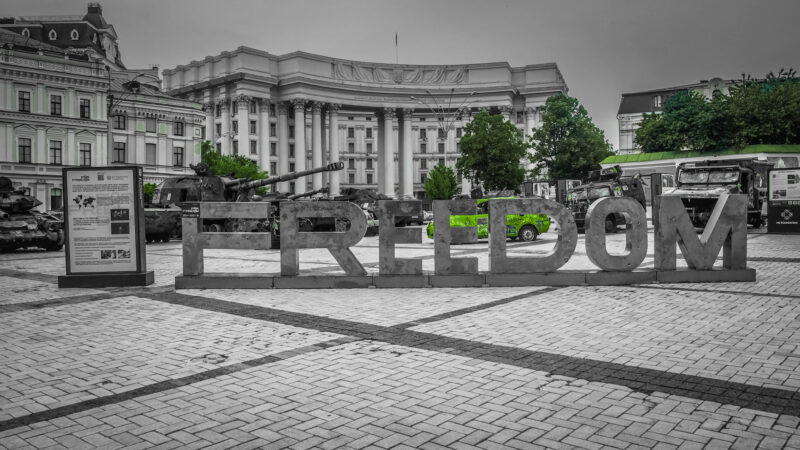War in Ukraine and the Crisis of Disarmament
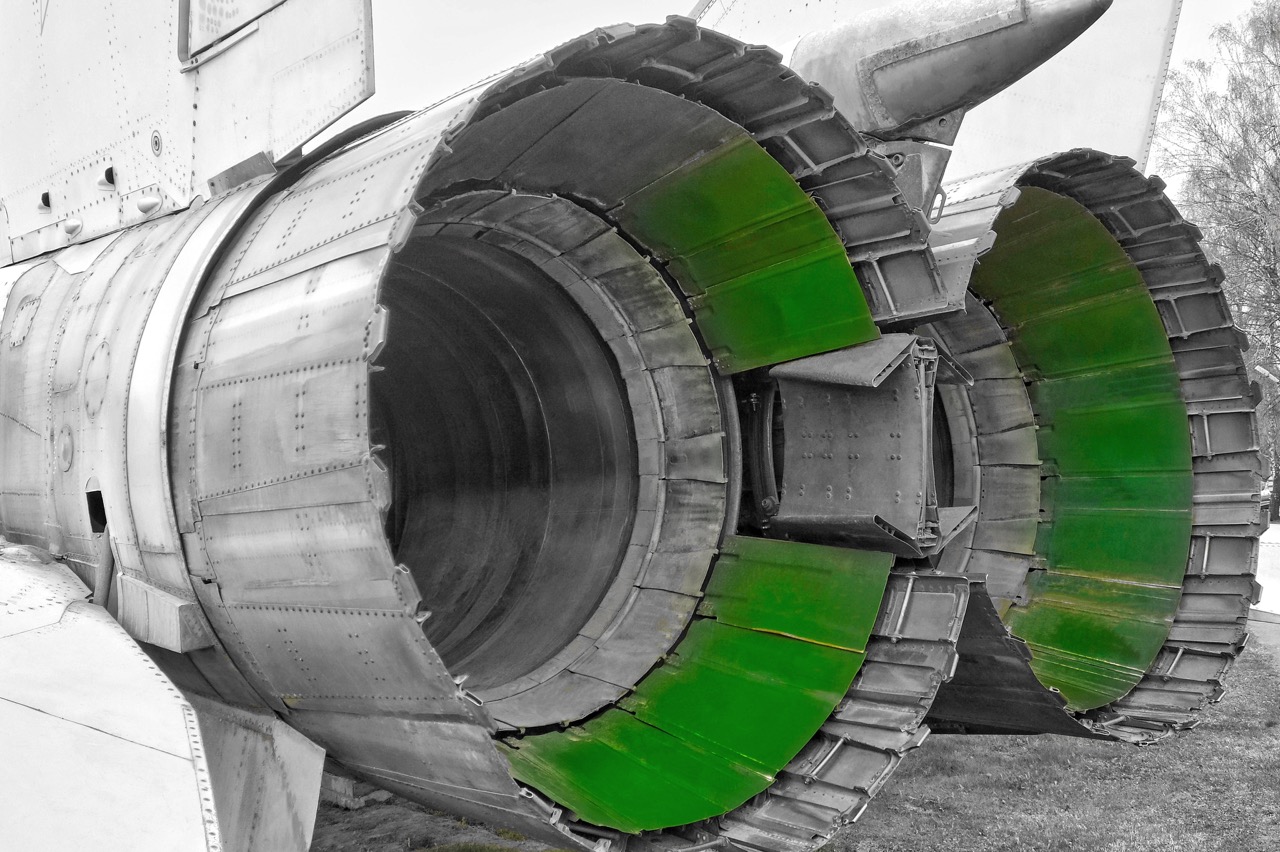
Ukraine has been among the countries actively pursuing disarmament, arms control, and non-proliferation measures since its early days of independence. It is well-known that Ukraine gave up an estimated 1,900 strategic warheads, 176 intercontinental ballistic missiles, and 44 strategic bombers in exchange for security assurances from several states—including Russia. In the late 1990s and early 2000s, Ukrainian authorities decided to destroy or transfer strategic aircraft to Russia, as well as over 500 aviation cruise missiles and other weapons. Additionally, Ukraine collaborated actively with NATO on projects aimed at reducing its military stockpiles.
Currently, however, there is no idea more unpopular in Ukraine than disarmament.
Disarmament, arms control, and non-proliferation could arguably be named as the key pillars of the international security system in this post–Cold War era. Disarmament is defined as measures to limit, reduce, eliminate, and cease the production of means of warfare, including the elimination of all weapons of mass destruction (nuclear, chemical, biological, radiological) as well as balanced reductions of armed forces and conventional armaments. While disarmament measures have been implemented at varying paces worldwide, some states, such as Costa Rica, have gone so far as to abolish their entire armed forces.
The Office for Disarmament Affairs, a specialized agency of the United Nations, was established in a series of developments between the 1980s and 1990s in response to challenges arising from the accumulation of conventional weapons and weapons of mass destruction due to the rivalry between the U.S. and the Soviet Union.
Over the years, the global disarmament community, through its research and advocacy efforts, has managed to achieve important milestones such as reducing the number of nuclear weapons from 70,000 at the peak of the Cold War era to 13,865 in 2019. Additionally, international treaties limiting the use and prohibiting certain weapons have been adopted, along with the establishment of rules for the sale, transfer, and use of certain conventional weapons. Efforts have also been made to disseminate knowledge about the dangers arising from the accumulation and improper control of weapons and their illicit trafficking.
For a time, it appeared that global rivals were entering a phase of balance and even limited cooperation. There were institutions and procedures in place. There were agreements and treaties. It all looked very civil—until it did not.
When I was undergoing training on disarmament and arms control at the Organization for Security and Cooperation in Europe (OSCE) (one of the primary international bodies in this field), we were informed that Russia was among the states most committed to adhering to international disarmament treaties. It was 2021, when Russia had already annexed Crimea and invaded the Donbas, continued its active militarization, and was amassing troops next to the borders with Ukraine for so-called “military exercises.” When in February 2022 Ukraine sent a request through official OSCE channels, demanding Russia’s explanation of its military activities, the full-scale invasion was its answer.
It wouldn’t be an overstatement to say that Ukrainians feel betrayed. Two years into the full-scale war, there are still no international mechanisms in place to stop or even impact the aggressor. All those agreements and treaties celebrated upon their adoption—where are they when real danger strikes? Try explaining them to a Ukrainian mother hiding with her children in a bomb shelter for the fifth time in a day.
The Russian Federation is currently challenging and even mocking the international security system, undermining years of effort that was spent on carefully crafting, adopting, and implementing the arms control framework.
In fact, there could hardly be a worse advertisement for disarmament than Russia and its actions in Ukraine. For over two years, Russia has abused UN Security Council meetings, usurping or hijacking them in order to disseminate disinformation and falsely accuse Ukraine of preparing biological weapons, conducting terrorist attacks, and transferring Western military equipment to the Middle East and Africa. Meanwhile, Russia itself has deployed prohibited weapons in Ukraine, has been transferring arms to terrorist groups in the Middle East for decades, and currently uses captured weaponry to discredit Ukraine.
As a result, global military spending has surged by 19 percent over the decade from 2013 to 2022. According to the latest report by Stockholm International Peace Research Institute (SIPRI), total global military expenditure reached $2443 billion in 2023 which represents an increase of 6.8 percent from 2022. More countries, fearing security threats from Russia, have joined the NATO military alliance, and an increasing number of nations have decided to host nuclear weapons. The world has entered a phase of alarming distrust and militarization.
Still, in the long run arms control seems to be the only option if we want the future to happen. Some may argue that it’s impractical and against human nature. Maybe it is too idealistic. But, in simple terms, what could be bad about not having nuclear weapons that threaten to wipe entire cities off the planet? Every two minutes, one person dies from small arms such as guns or pistols. Would it not be better to control their use? And, finally: if Russia was disarmed, would it be that dangerous?
Even while Ukraine exercises its right to self-defense under the UN Charter, it continues to fulfill some of its key commitments in arms control. The majority of these treaties are non-binding. One might assume that it is in everybody’s best interests to follow the principles of arms control, to create a transparent and secure environment in which all nations can thrive. Unfortunately, that is not the case.
In the current circumstances, when nothing feels safer than having a gun in hand, we must all reflect on how to establish an international security system where having more weapons is no longer considered an option.

